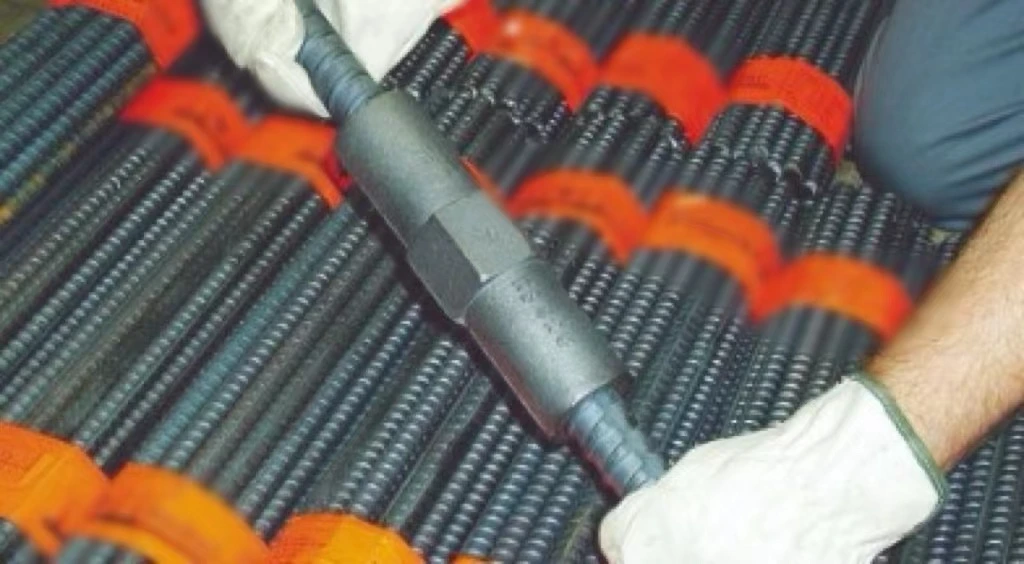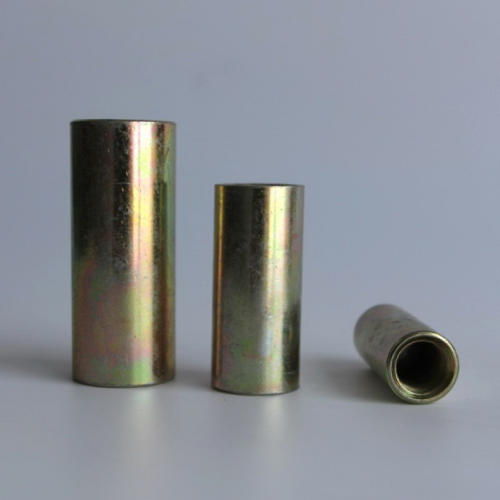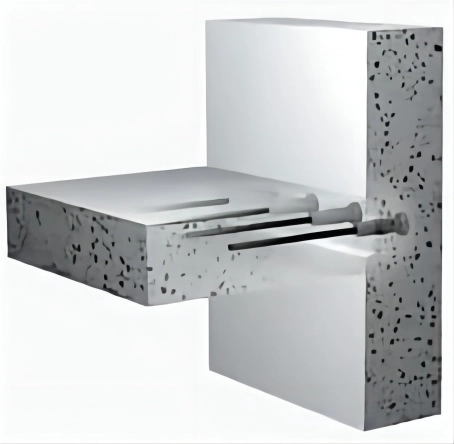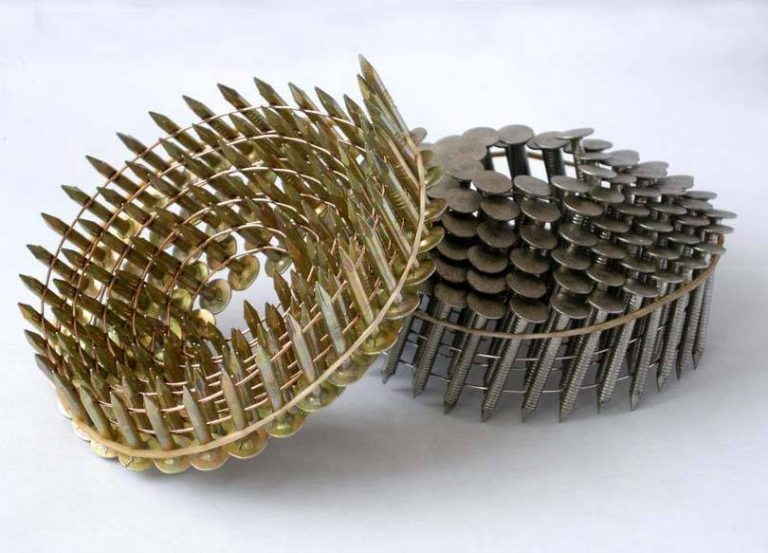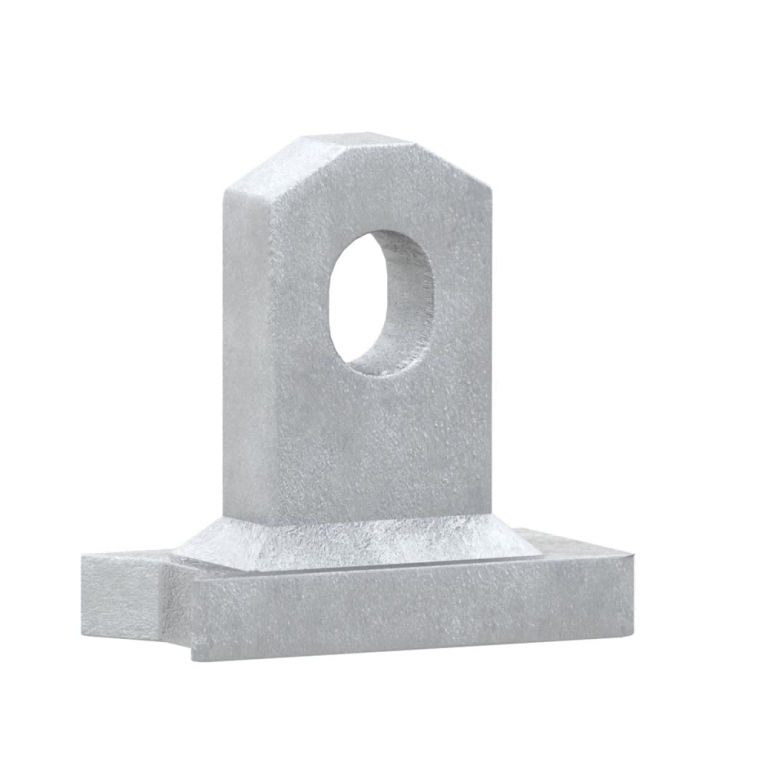It’s crucial to maintain cleanliness in applications as it plays a role, in the performance and safety of structures. A dirty coupler can result in failures, reduced strength and higher wear and tear. Regular upkeep not prolongs the couplers lifespan. Also guarantees optimal functionality safeguarding the structural integrity of your projects. Recognizing the significance of cleanliness in this scenario is vital, for individuals engaged in construction and architecture.
Importance of Keeping Your Coupler Clean
Understanding the Role of a Coupler
In architecture a coupler plays a role by linking parts of a structure together to work seamlessly. It helps in moving loads, between these parts while ensuring they remain stable and strong. It’s important for the coupler to securely hold these connections to avoid slipping and issues. Hence it’s essential to keep it clean to prevent any contaminants from affecting its effectiveness and performance.
Benefits of Maintaining a Clean Coupler
Keeping the coupler clean is important to make sure it works well and lasts longer. When the coupler is clean it helps surfaces connect properly which is crucial, for distributing loads and stress effectively. Additionally regular upkeep reduces the risk of corrosion, deterioration and damage that could result in fixes and safety issues. By maintaining cleanliness you are not just preserving the strength of your buildings. Also following safety guidelines and construction standards.
Preparing for the Cleaning Process
Tools and Materials Required
Prior, to starting the cleaning procedure it’s important to gather all the tools and materials you’ll need. You’ll want to have a brush for manual scrubbing some cleaning cloths or paper towels and either a vacuum or an air compressor to get rid of any dirt or debris. If you decide to use chemicals for cleaning make sure you have the cleaning products that won’t harm the material of the coupler. It’s also an idea to wear gloves and goggles, for safety while carrying out the cleaning task.
Safety Precautions to Take
Safety must come first when cleaning a coupler. Make sure you’re, in a ventilated space to steer clear of breathing in any fumes from cleaning products. Remember to put on safety equipment like gloves and goggles to shield your skin and eyes from irritation. If you’re using ladders or scaffolding to reach couplers check that these structures are steady and adhere to safety guidelines to prevent any mishaps.
Step-by-Step Guide to Cleaning a Coupler
Initial Inspection and Assessment
Before you start cleaning make sure to inspect the coupler. Look for any signs of wear, damage or corrosion. This inspection will help you decide on the cleaning techniques and materials to use. Take note of any discoveries so that you can deal with them separately if repairs are needed. Knowing the condition of the coupler will help you choose the way to clean and maintain it properly.
Effective Cleaning Techniques
Manual Cleaning Methods
Manual cleaning is a straightforward method effective for light to moderate dirt accumulation. Start by using a soft-bristled brush to gently scrub the coupler and remove loose debris. Use a damp cleaning rag to wipe down surfaces, taking care not to saturate areas that may be sensitive to moisture. For stubborn dirt, a mild cleaning solution can be applied, followed by rinsing with water. Thoroughly dry the coupler afterwards to prevent moisture-related issues.
Chemical Cleaning Methods
In cases where manual cleaning is insufficient, chemical cleaning methods may be necessary. Select a cleaning solution that is compatible with the coupler material. After applying the solution, allow it to sit for the recommended time to dissolve grime and contaminants. Scrub the area lightly with a brush, ensuring all residues are removed. Finish by rinsing the coupler thoroughly to wash off any chemicals, and dry it properly to maintain its functionality.
Automated Cleaning Methods
For larger projects or heavily contaminated couplers, automated cleaning methods may provide an efficient solution. Ultrasonic cleaners can remove dirt and residues effectively, using high-frequency sound waves to dislodge contaminants. These devices often require that the coupler be submersed in a suitable cleaning solution. Alternatively, pressure washers can be employed, ensuring the nozzle is at a safe distance to avoid damaging the coupler. Always follow manufacturer instructions to optimize cleaning and preserve the integrity of components.
By following these effective techniques for cleaning a coupler, you not only enhance its performance but also prolong its service life, ensuring safety and efficiency in architectural applications. Regular maintenance and prompt cleaning can save costs associated with repairs and replacements, illustrating the value of diligent care for these critical components.
Post-Cleaning Procedures
Inspecting the Cleaned Coupler
After completing the cleaning process, a thorough inspection of the coupler is essential to ensure it is in optimal condition. Check for any remaining dirt or contamination that may have been overlooked during cleaning. It is also crucial to examine the coupler for any signs of wear, damage, or corrosion that might have been obscured by dirt. Take note of any areas that may require further attention or repairs and document your findings, as they are important for maintaining an accurate maintenance record.
Moreover, inspect the connection points of the coupler to ensure that they are free of debris and contaminants. A clean coupler should facilitate smooth connections between structural elements without any resistance. Testing this functionality can help identify any underlying issues that cleaning may have resolved. Regularly performing these inspections not only helps maintain the coupler’s performance but also promotes safety in architectural structures by ensuring that all components function well together.
Maintenance Tips to Prevent Future Build-Up
Implementing routine maintenance practices is vital to preventing future build-up of dirt and contaminants on couplers. Establish a cleaning schedule based on the environmental conditions and usage of the structure. Factors such as exposure to moisture, pollutants, or extreme weather can greatly influence the frequency of cleaning required. Regularly planned inspections can also help identify issues early, ensuring that couplers receive attention before significant cleaning is necessary.
Another effective maintenance tip involves applying protective coatings to protect the coupler from corrosion and debris accumulation. Many commercial products are available that form a barrier on the coupler surface, making it more resistant to contaminants. When applying these coatings, ensure the surface is clean and dry for optimal adhesion. Additionally, educate the team involved in maintenance about effective handling and care techniques to minimize contamination from oils, greases, or other substances during installation or routine checks.
Introducing BAOQI: Your Partner in Quality Couplers
About BAOQI
BAOQI has established itself as a trusted name in the manufacturing of quality couplers for architectural applications. Recognized for its commitment to precision engineering, BAOQI produces couplers that meet the highest industry standards. The company focuses on using advanced technologies in their manufacturing processes, ensuring that each coupler is robust, reliable, and engineered for optimal performance in various architectural contexts. Their dedication to quality extends beyond products, encompassing superior customer service and technical support.
Furthermore, BAOQI has a broad understanding of the architectural industry’s needs, which allows it to innovate continuously and adapt to evolving market demands. Customers can rely on BAOQI not just for quality products but also for expertise in addressing specific challenges related to coupler performance and maintenance. The company’s experience in diverse applications makes it a go-to partner for architects, engineers, and contractors seeking durable connections for their projects.
BAOQI’s Range of Products
BAOQI offers a comprehensive range of couplers designed to serve different structural requirements and applications. Their product line encompasses a variety of coupler types, including mechanical and welded couplers, each engineered for specific load-bearing capabilities and project needs. With a commitment to quality, BAOQI ensures that all couplers are made from high-grade materials that withstand environmental challenges while maintaining structural integrity.
Additionally, BAOQI’s products undergo rigorous testing to ensure that they meet safety regulations and performance standards. This dedication to quality assurance provides customers with peace of mind, knowing that they are using reliable components in their architectural projects. Whether the project involves bridges, high-rise buildings, or residential structures, BAOQI has the right coupler solution to enhance connections, improve safety, and simplify maintenance.
Customer Testimonials and Success Stories
BAOQI values the feedback from its customers and has a wealth of success stories that highlight the effectiveness of their products in real-world applications. Numerous architects and contractors have shared their experiences, noting how BAOQI’s couplers have improved the structural performance of their projects. Many testimonials emphasize the ease of installation and how the couplers contribute to the efficiency of construction timelines while ensuring safety and durability.
Moreover several clients have shared decreases in the need, for maintenance and cleaning attributing it to the top notch characteristics of BAOQI couplers. When compared to options BAOQIs couplers have demonstrated resistance against wear and dirt. These positive experiences truly showcase the dependability and quality of BAOQIs products solidifying its reputation as a top tier coupler provider, in the sector.
FAQs on Cleaning Architectural Couplers
Common Questions Answered
Cleaning connectors frequently brings up inquiries, about the most effective methods and materials to utilize. One common query revolves around whether hand cleaning is suitable, for all forms of dirt. Although manual cleaning works well for mild to grime heavier buildup might require chemical or automated cleaning processes. Knowing the requirements of the connector can help in selecting the cleaning method.
Many people often wonder how often they should clean their equipment. The answer varies based on the environment and how heavily the equipment is used. Having a schedule, for inspections can reduce the buildup of dirt making cleaning less of a hassle. Additionally people are concerned, about the safety of cleaning products and techniques to ensure that maintaining connectors doesn’t harm their effectiveness.
Troubleshooting Common Issues
When cleaning couplers you may encounter common challenges. One issue that often arises is not fully eliminating contaminants, which could result in performance issues, down the line. To address this it’s advisable to try cleaning approaches like beginning with a cleaning and then using a chemical treatment to tackle any lingering grime.
If the coupler displays signs of rust after being cleaned it might suggest that the maintenance was not done correctly at first or that external factors played a role, in its decay. To address this checking for weatherproofing and applying treatments to the coupler can be beneficial in preventing corrosion. It’s also important to conduct inspections and provide proper training on maintenance procedures to those, in charge of caring for the couplers.

